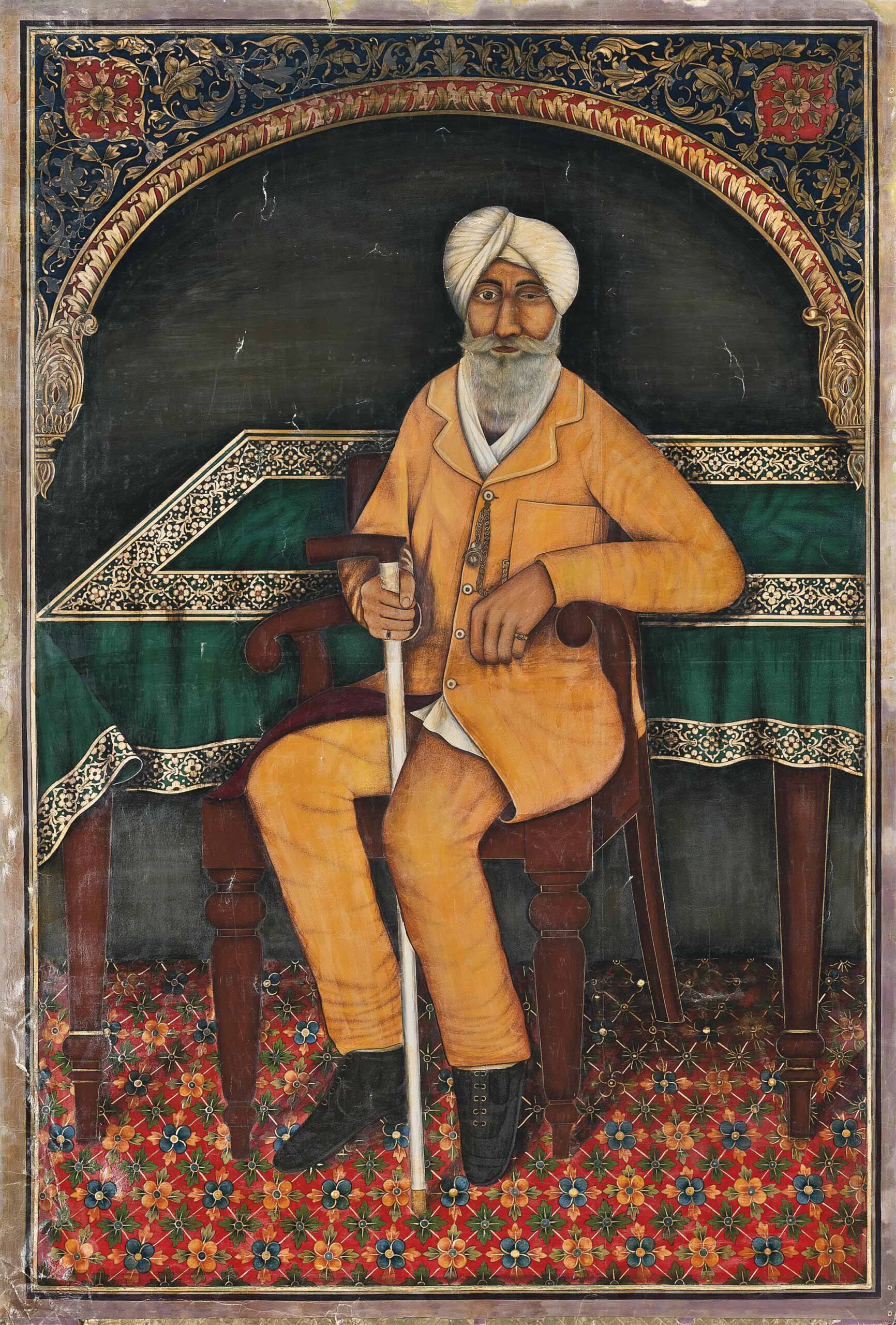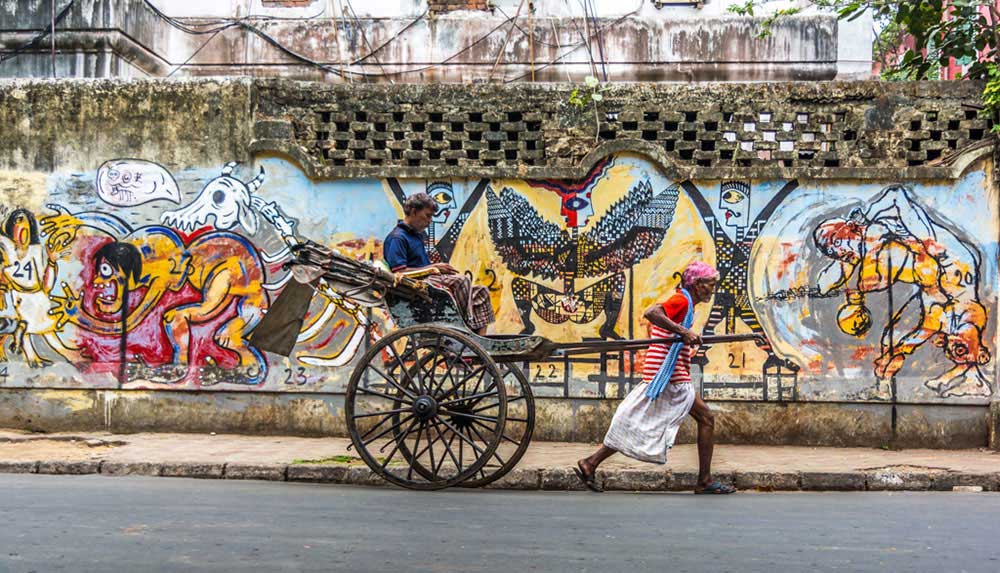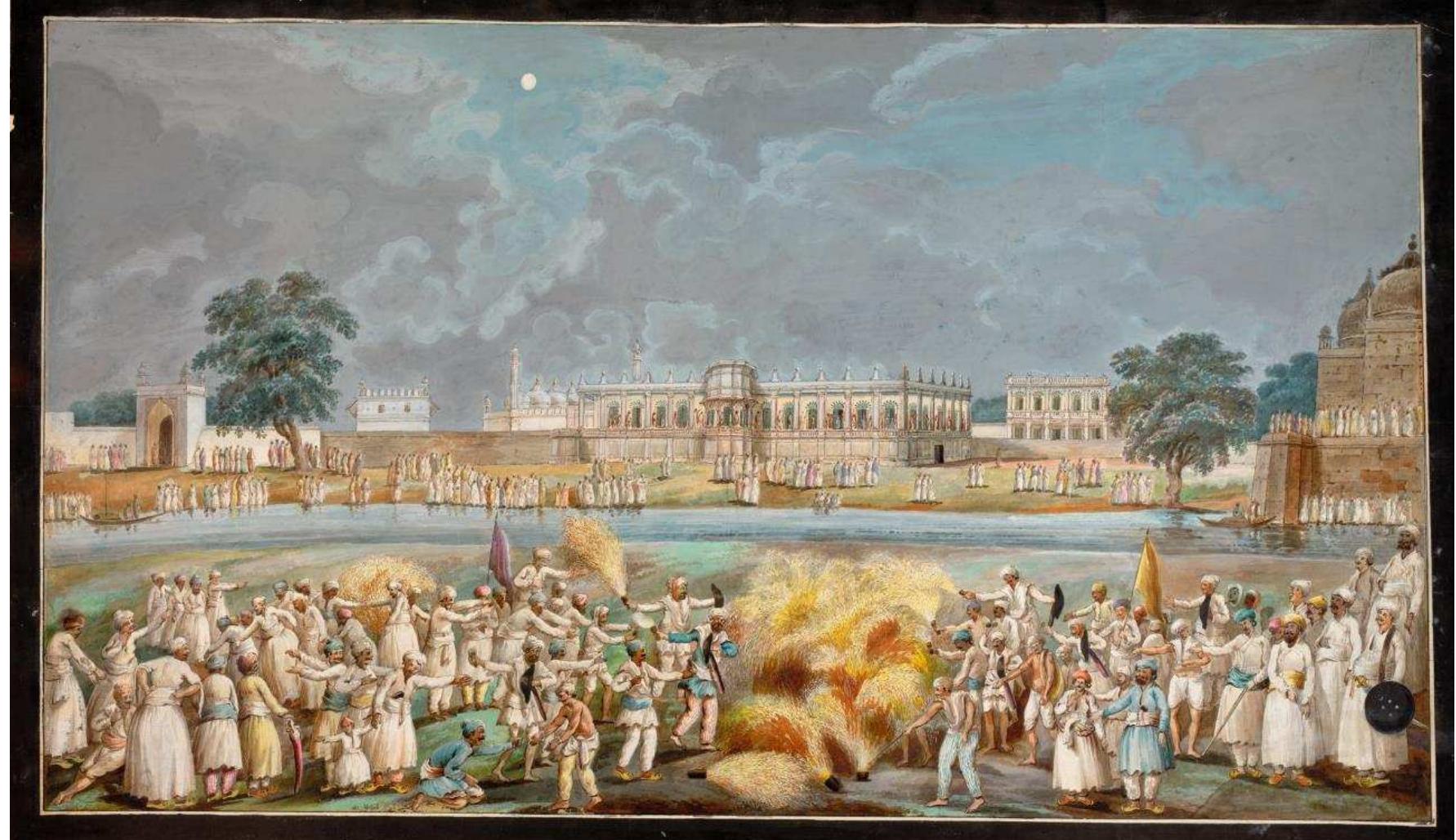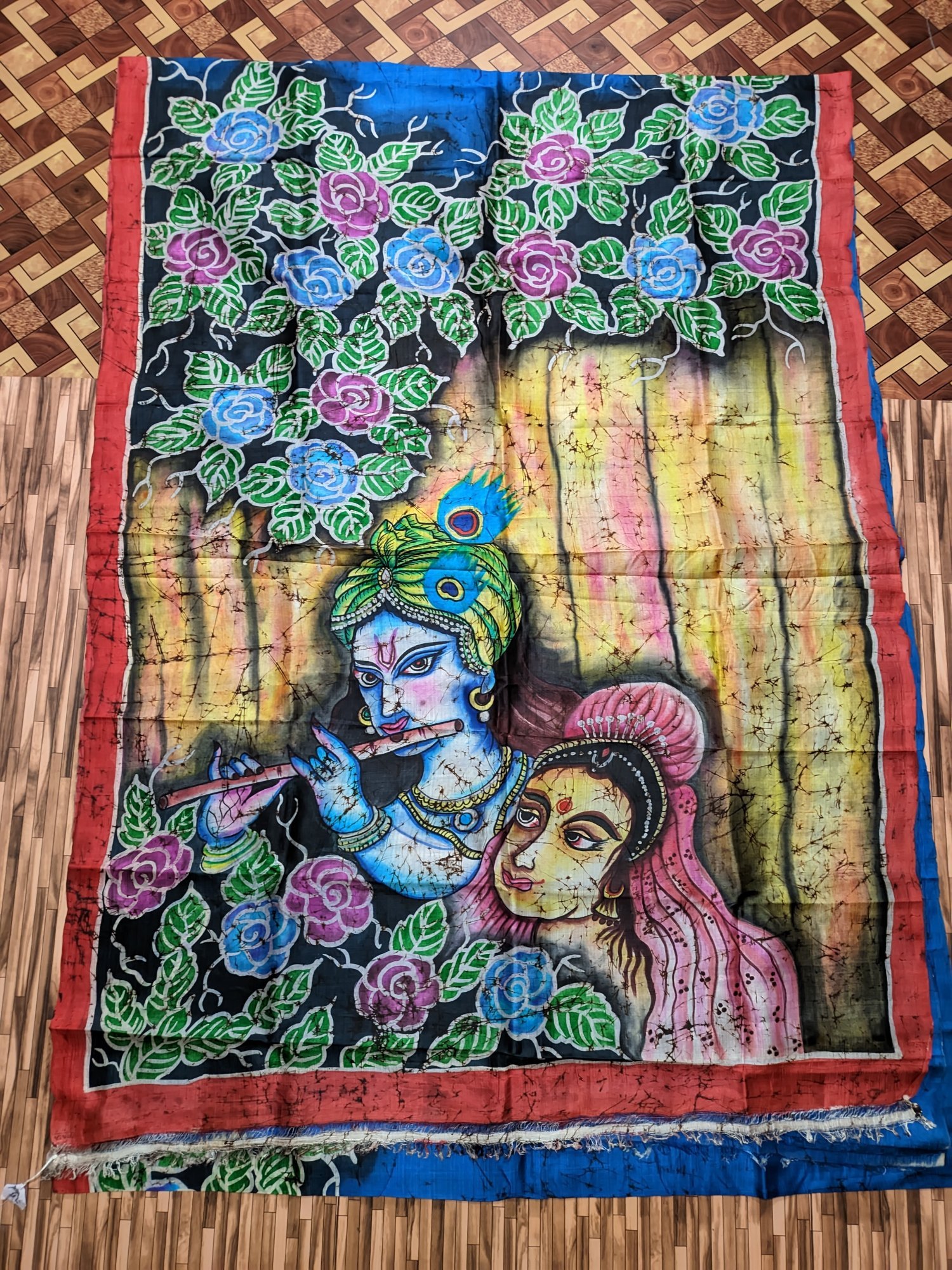
Menu

Kolkata’s streets are alive—not just with people, traffic, and chai stalls—but with walls that whisper stories, shout slogans, and celebrate culture through vibrant graffiti and murals. What began as a fringe, underground form of expression is now gaining recognition as a powerful urban art movement.
Neighborhoods like Lake Gardens, Gariahat, Topsia, and Jadavpur are emerging as hotspots of Kolkata’s mural revolution. Many of these works reflect the soul of the city—portraits of Rabindranath Tagore, Satyajit Ray, and Subhas Chandra Bose often take center stage. But street art here doesn’t stop at nostalgia. It speaks boldly about gender equality, climate change, mental health, and identity.
The most striking examples include the Kannagi Nagar-style transformation of slums and underpasses into art galleries under the open sky. Independent collectives like Calcutta Canvas and St+art India have collaborated with local artists to create pieces that blend realism with Bengali folk traditions like Kalighat painting and Patua motifs.
In addition to curated projects, spontaneous graffiti also thrives—layered over political posters, crumbling walls, and metro pillars. These reflect the city’s youthful, rebellious spirit and its hunger for visual storytelling.
Kolkata’s street murals have also become a tourism attraction, drawing photographers, bloggers, and art lovers. The best part? They’re free, public, and constantly evolving.
In a city known for its poetry, protest, and past, graffiti and murals are now its most democratic art form—giving the common man a voice, and the city a vibrant new skin.



